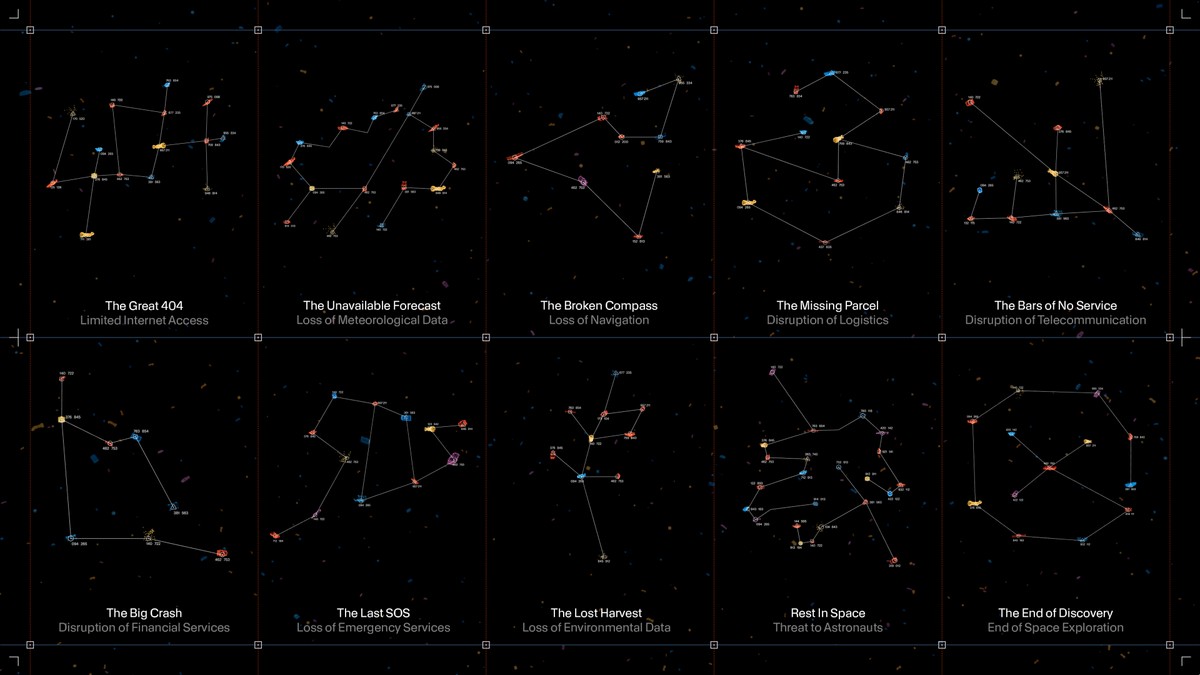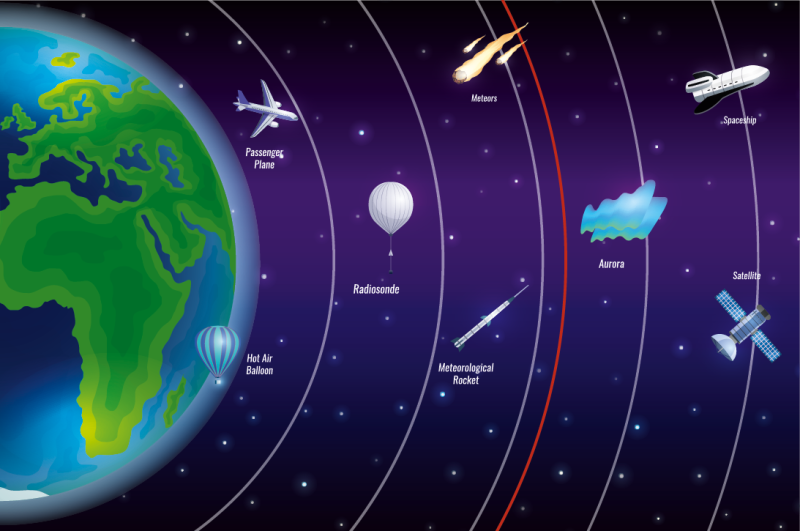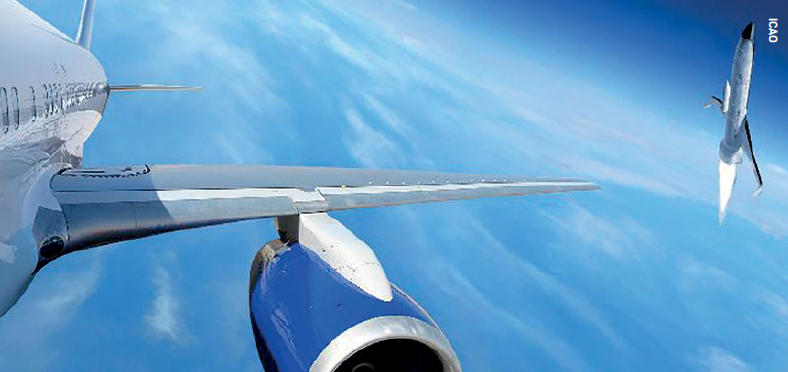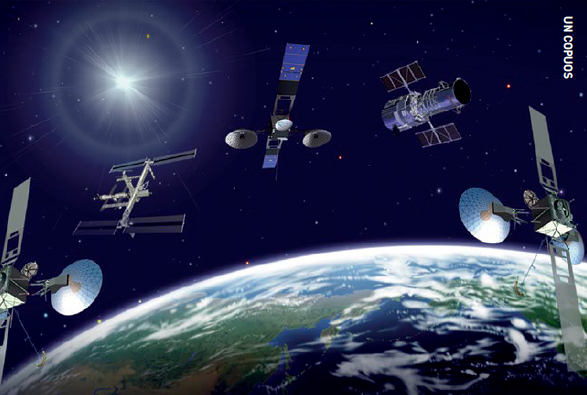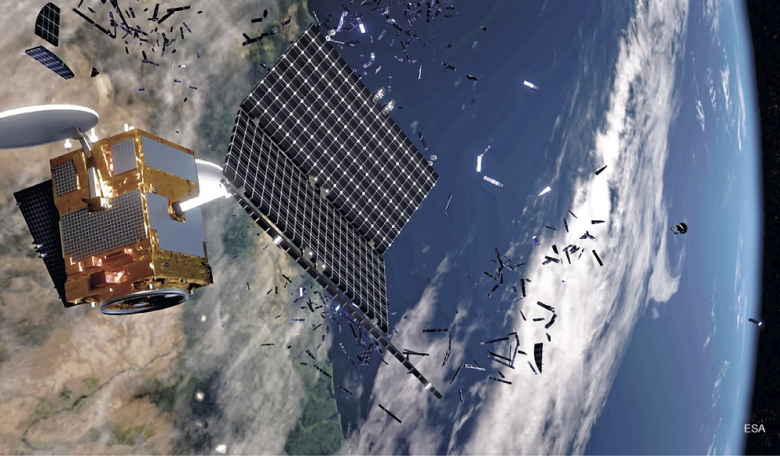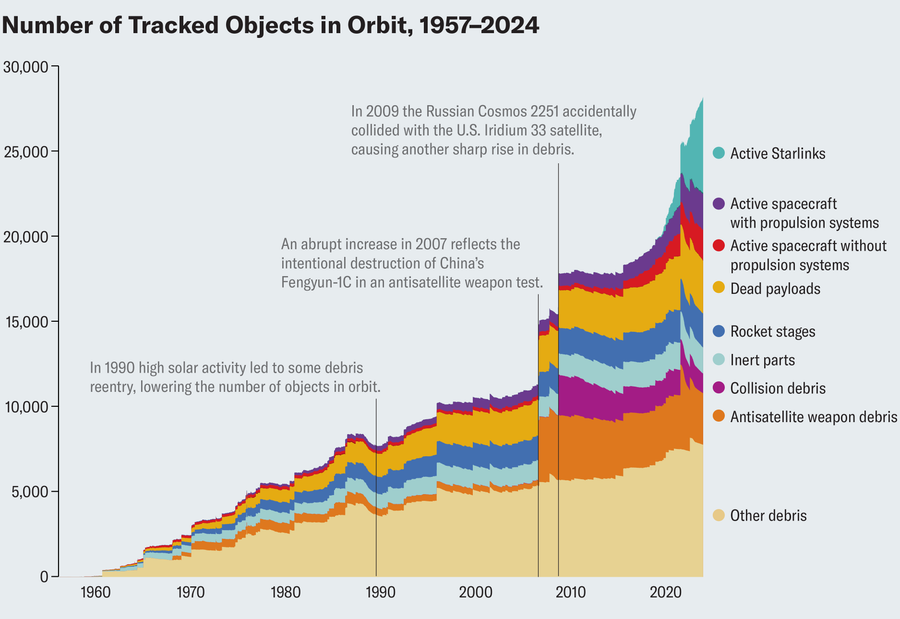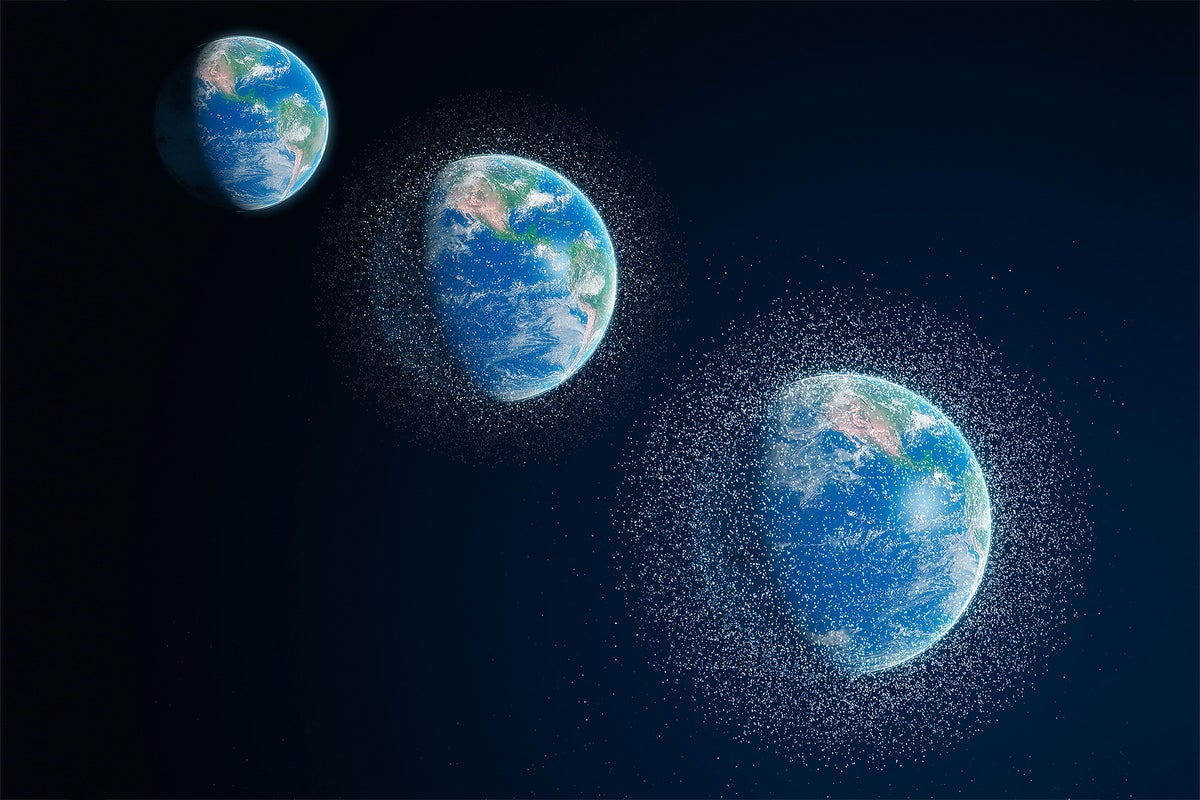
Title: Space Junk: A Growing Threat to Earth's Orbit and the Cosmos
Lead: Space junk, consisting of defunct satellites, spent rocket stages, and fragments from collisions between larger objects, is becoming an increasingly significant problem in Earth's orbit. With over 160 million pieces of debris currently orbiting Earth and the number growing due to the increasing number of satellites and space missions,
Paragraph 1: The presence of space junk poses a threat to active satellites, future space missions, and even our ability to observe the cosmos. The Space Trash Signs project aims to draw attention to this issue by creating 'constellations' made of defunct satellites and old rocket parts based on real space debris tracking data.
Paragraph 2: The United Nations Committee on the Peaceful Uses of Outer Space (COPUOS) has been working on space management issues, but it lacks enforcement authority for laws. The international community needs to come together and establish a legally binding treaty with mandatory standards to ensure the sustainable use of outer space and prevent further accumulation of space junk.
Paragraph 3: The increasing number of satellites, especially small satellites and internet-beaming constellations like SpaceX's Starlink, raises the risk of orbital collisions significantly. Experts warn that without preventive measures such as removing larger debris or deorbiting defunct satellites, space around Earth could become unusable and lead to the Kessler syndrome.
Background: The Outer Space Treaty of 1967 established international guidelines for the exploration and use of outer space. However, it does not provide any enforcement mechanisms for debris clean-up or prevention. The European Space Agency (ESA) has been working on developing technologies to remove larger debris, while NASA is focusing on tracking and mitigating collisions between smaller debris pieces.
Conclusion: The growing problem of space junk requires immediate attention from the international community. By establishing a legally binding treaty with mandatory standards, we can ensure the sustainable use of outer space and prevent further accumulation of space junk. This will not only protect active satellites and future space missions but also preserve our ability to observe the cosmos.
